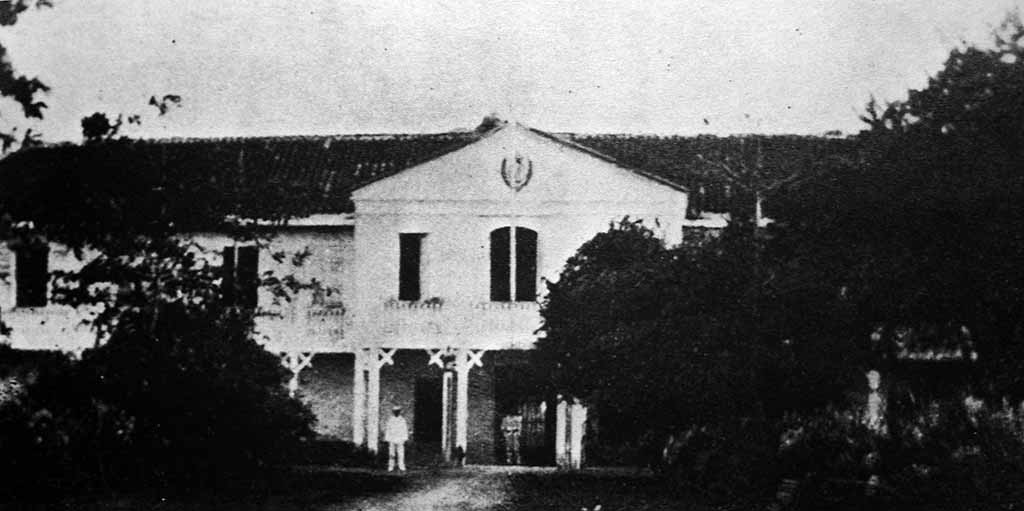Governor Juan Marina

Last Spanish governor
The last Spanish-appointed Governor of the Mariana Islands, Juan Marina Vega (1846 – 1909), more commonly known as Juan Marina, served his term on Guam from April 1897 to June 1898. Guam was ceded to the US in 1898 at the conclusion of the Spanish-American War.
Marina was born in Madrid 17 April 1846. He joined the Spanish army academy at sixteen and was assigned to duties in the Philippines from 1870 to 1876. He returned to the Philippines in 1894 and two years later the Philippine Revolution began. At the time, Marina was military commandant of Biñan, near Manila, where he led operations against the katipuneros (Filipino revolutionary leaders).
Marina was assigned governor of the Marianas in 27 January 1897, but it was not until 18 April that he officially took control of the fifteen-island archipelago. He succeeded interim Governor Lieutenant Ángel Nieto.
Marina did not receive a warm welcome when he arrived to the islands. The new governor was the brother of former Marianas Governor Jacobo Marina, who was disliked by the residents for his unfavorable policies and public discontent relative to the way he handled a riot involving Filipino convicts in which eighty convicts were killed. The fact that Juan Marina was assigned to succeed his brother suggested that a policy of continuity was intended by colonial authorities in Manila.
Nevertheless, Juan Marina managed to prove that he was unlike his brother and soon gained the trust and confidence of the people. He was even referred to by one of his staff as “Good Don Juan.” Marina found Guam favorable, and just three weeks after his arrival he requested that his wife Doña María Malats Sorribas and their six children who were in Spain join him. Their youngest daughter, Pilar, died in 1898 at the age of three. Their youngest son, Adolfo, was born on Guam, but died in early 1899 during the return trip to Spain.
Chamorro priest Padre Jose Palomo wrote that Marina was “unlucky enough” to be governor of Marianas during the Spanish-American War. On 20 June 1898, news of the war had not yet reached Guam, so when an American fleet entered Apra harbor on Guam’s west coast and fired shots from a cannon at Fort Santa Cruz, the port captain mistakenly thought it was a salute. The next morning, Marina and other Spanish officials were taken prisoner.
Immediately after his return to Spain, and despite of the fact that he was near retirement after thirty-eight years of service, Marina resigned from the army. He died in Barcelona in 1909. His widow, María Malats, died in 1944 at the age of 90.
For further reading
Driver, Marjorie G. The Spanish Governor of the Mariana Islands and the Saga of the Palacio. Mangilao: Micronesian Area Research Center, University of Guam, 2005.
Ibañez del Carmen, Aniceto, OAR, and Francisco Resano del Corazón de Jesús, OAR. Chronicle of the Mariana Islands: Recorded in the Agaña Parish Church 1846-1899. Translated, annotated, and edited by Marjorie G. Driver and Omaira Brunal-Perry. Mangilao: Micronesian Area Research Center, University of Guam, 1998.